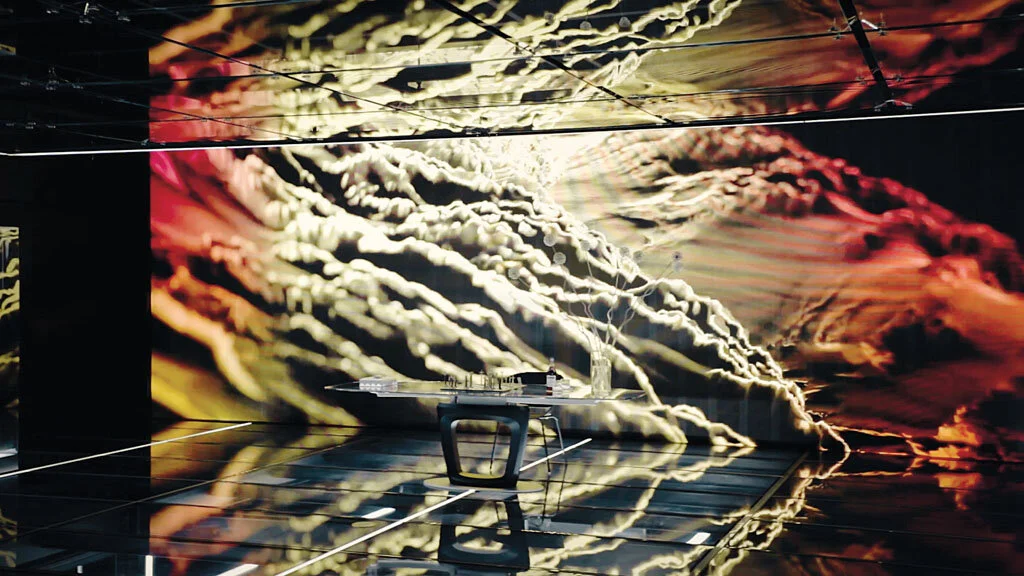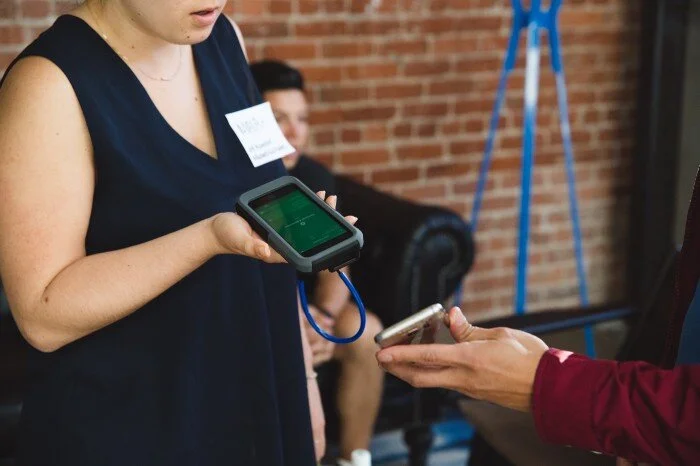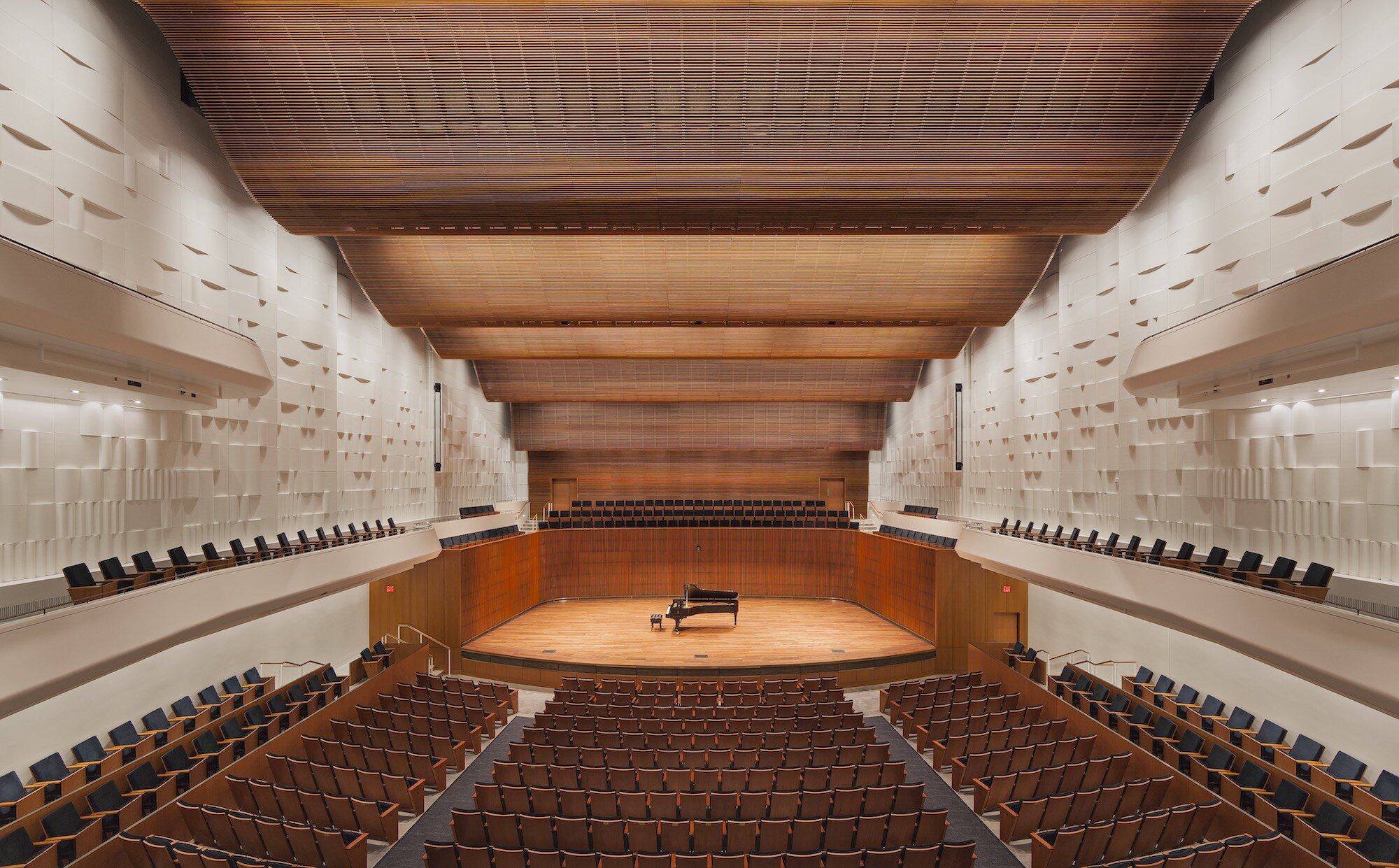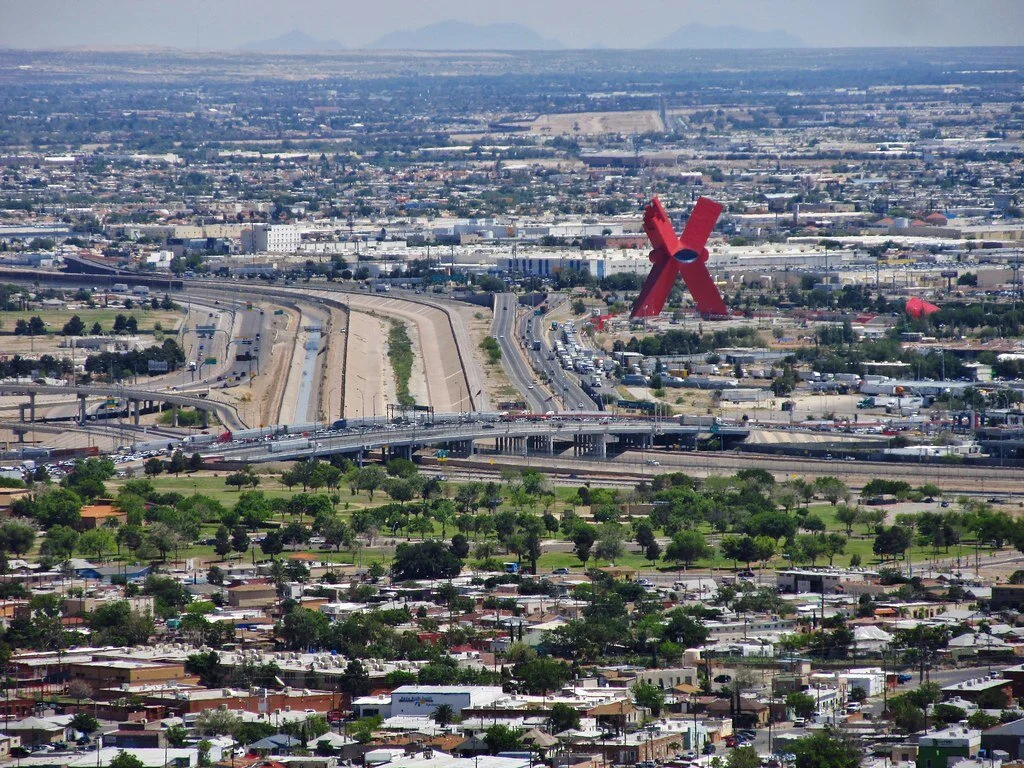The visual effects (VFX) industry has come a long way in the past 30 years. Studios have discovered the importance of better production pipelines that create a more collaborative environment between directors, gaffers, and artists. This article will analyze four technologies that are used in virtual production, discussing how they work, who is implementing them in their productions, and how they will disrupt the industry.
How AR and VR are Changing Film: A Look at the Revolutionary Stagecraft, The Volume
Crypto Art's Origins and Future
Our recent articles have examined NFTs’ recent rise and issues surrounding their environmental impact. This article looks more in depth at crypto art’s origins and the place it will hold in the future. Crypto art will continue to advance and evolve, so understanding its current impact will help those in the art world maximize its potential.
Fueling the Global Flame: A Look at the Long-Term Sustainability of NFTs
While NFTs took the arts market by storm in the beginning of 2021, with the environmental impact of blockchain technology coming to light, more artists and groups have not only been criticized but have also begun calling out the technology and not participating. Others are calling on more long-term changes, such as renewable resourcing for crypto-mining. How will NFTs fit in long-term in the art world, considering their impact on artists and the environment?
NFTs: A New Age of Digital Art
In recent months, NFTs have had a large presence on news feeds, especially in artists’ circles. NFTs, or non-fungible tokens, are “digital assets that [represent] real-world objects like art, music, in-game items and videos.” Because of this, they are challenging the traditional ways that people view, buy, and sell artwork. This research will look at how NFTs came to be and what artists and arts administrators should consider when utilizing this technology.
Touchless Technologies for Museum Engagement
Emerging Trends in Ticketing Technology
Ticketing has come a long way: from tearing along a perforated line to using RFID technology to wirelessly communicate with an app on a phone to let you into a Broadway musical. While changes to the industry were happening slowly, primarily switching to a paperless and even contactless system, the Covid-19 pandemic accelerated the need for change. What place with these changes have in the return to in-person performances?
Discovering the Second Stage: Orchestras' Digital Adaptation
As audiences gradually begin filling halls once again, orchestras are having to ask the question of what’s next for the newfound digital space. Do they take the risk of funneling resources towards streams on the heels of a devastating fiscal year, or divest and potentially sacrifice a newfound means of reaching their communities through increased accessibility? Contributor Cameron Massey looks to established and emerging examples.
Using Apps for Orchestra Audience Engagement
As people continue to spend more and more time on their phones, up to 5.4 hours a day for the average phone owner in the U.S., orchestras are increasingly turning to apps for news ways to engage their audiences. When used effectively, smartphone applications have the potential to invite new audiences into the hall while heightening the stickiness of the most loyal subscribers. This article addresses their primary benefits and best practices for implementation.
Global Pandemic, National Response: A Survey of the Arts, Public Policy, and Technological Adaptation in Ireland
Something can be gained from examining the response of other nations and their arts and cultural sectors to the pandemic. Through this examination, lessons might be learned about how to continue the response in a time of unprecedented change. Within the past year and a half, many of Ireland’s arts organizations have found ways to create works that integrate emerging technology and also explore Irish identity. This research looks at some of those innovations and the public policies that supported them.
Arts Vibrancy and Digital Access: Part 2
Part one of this research looked at the relationship between broadband deployment and arts vibrancy in the United States, focusing on Texas. This article examines factors that are driving the digital divide and relatively low arts vibrancy in two counties on the Texas-Mexico border and how that could inform policies in the United States as a whole.
Implementing Gamification for Museum Engagement
The pandemic changed the art ecosystem, including the use of gamification in museums. With gamification, the museum experience expands beyond the memory of looking at art or artifacts to the feelings of enjoyment that a game or activity evokes. This articles looks at examples of gamification in museums from around the world, including both low-tech and completely online experiences.
Virtual Reality in Arts Education
Mobile AR Avatar Chatbots: Exploring the Evolving AI and AR Combination
Cultural organizations consistently question how to connect the public to information in meaningful ways. As an emerging technology, mobile AR avatar chatbots combine AI and AR capabilities to create interactive and engaging tools for visitors. Examples of mobile AR avatar chatbots in cultural organizations can provide guidance for applying these evolving technologies.
Comparing Digital Access with Arts Vibrancy in the U.S.
An estimated 18 million households in the United States do not have access to home broadband. This is a statistic that arts managers should consider when planning online programming and in-person events as the world opens up. By looking closer at the digital divide and comparing counties’ internet access to their arts vibrancy, as measured by SMU DataArts, this article will look at the United States’ digital divide and how it impacts opportunities for arts participation.
Part 2: The Movie Ticket Purchase Pathway
As noted in part one, the key to rebuilding the post-pandemic movie theatre audience will be to understand the key influences on the purchase pathway. As previous research detailed, there are frameworks of influence that movie makers and marketers need to understand, notably marketing communications, sources of neutral information, film characteristics, and ease. This post includes an analysis of survey results and recommendations for attracting ticket buyers based on these frameworks.
What Motivates Movie Theater Attendance? Part 1
How Haptics Affect Human-Robot Interaction in Dance
Part 2: Data Analysis and Visualization Methods for the Arts
After data collection, it is necessary to analyze and visualize the data to tell good stories. This process transforms numbers and descriptions into vivid stories that can be used to prove impact to different stakeholders. This post will look at the best practices for data analysis preparations, quantitative and qualitative data analysis methods, data analysis tools, visualization methods, and data visualization tools.
Tools for Measuring Impact and Data Collection in the Arts: Part 1
Nonprofit arts and cultural organizations are designed to serve a community. In the 21st century funding model, they also must find ways to collect the evidence for the impact their work has on their constituents, analyze the data, and effectively tell their stories. The following research provides an understanding of what types of impact can be measured with suggestions on how to measure and visualize findings on a budget.

























